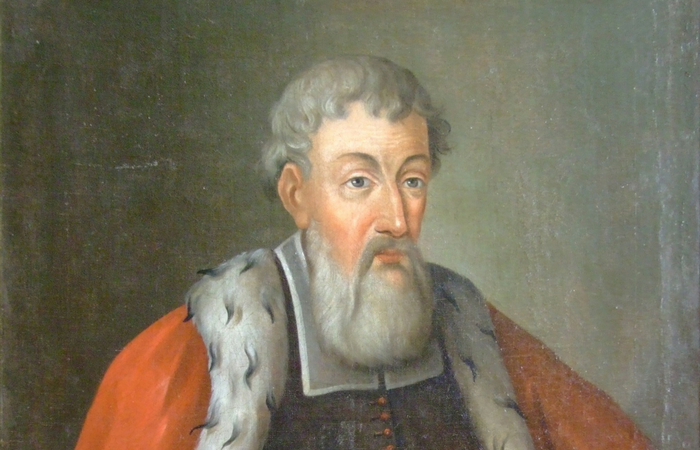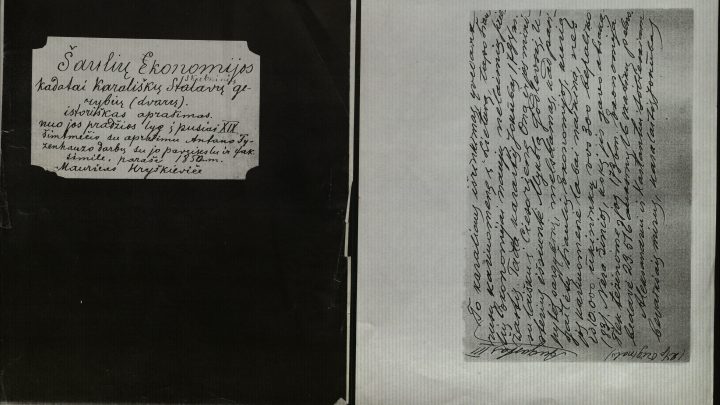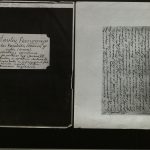The Emergence of Šiauliai Crown Estate (Economy) and its Significance for the State
In 1616, Šiauliai crown estate, called economy, starts operating. It is an institution uniting and governing royal manors and their lands in the region from Šiauliai manor, established in Šiauliai. The manor house was wooden before it was burned down during the fire in 1736 (by the way, the manor house was burned down earlier too, for example, in 1657, when the Swedish Army raged in the city), and only after this fire, the brick one was started to be rebuilt. Its construction lasted until the end of the 18th century. Šiauliai economy was the largest economy of the Grand Duchy of Lithuania. It is slightly paradoxical that Šiauliai in the economy did not have a lead in size or population or economic situation. There were only 5 economies in the Grand Duchy of Lithuania, and their status and significance were special; i.e., it was sought that the ruler would separate state and his own treasury; thus, after the death of Žygimantas Augustas, the financial and economic policy of elected foreign rulers little influenced the local nobility. The ruler used to earn income for his treasury from the economies in order to maintain the manor, but he could not pledge, mortgage or sell these holdings to anyone else for life. The economies could only be leased, which was usually the case, but only for a certain period of time and only to the citizens of the Grand Duchy of Lithuania; therefore, these holdings became of national significance and their role was particularly important in internal politics and in further development of the state. Over time, this special status contributed to the rise of Šiauliai as a city.
The fact that education in Šiauliai was among the most important priorities is demonstrated by the mention dated 1617, that Šiauliai had a school. Mauricius Griškevičius (Hriškevičius) writes about the rectory of the church and the school attached to the church and states that it used to be here before too. So, local inhabitants always had a need for education and training. This need might have appeared to them as early as 1445, when the church was built in the city, which became a shrine of both religion and education. It is to be maintained that according to the traditions prevailing throughout Europe, in the course of time, a learning institution had to appear by the church, possibly for education of future intellectuals.
In the second half of the 17th century, Šiauliai economy was already ruled by the Sapiegos family. It is detected in the inventory of the manor, made in 1680, that in addition to windmills, there was a brewery in its area of outbuildings. It is the oldest known brewery in Lithuania, which later flourished and became significant for the economy of Šiauliai city and region, and is still operating now.
The fact that Šiauliai was an important unit of economy is proved by a road map, drawn up in 1699-1700. It was made by hired Saxon cartographers under the order of the Swedish Army that was invading the country during the Northern War. The legends of the plan show that Šiauliai was clearly distinguished as the largest urban structure of surrounding areas, where all the main roads intersected. Šiauliai church was also recorded in the map; it was clearly distinguished as the largest building.








Leave feedback